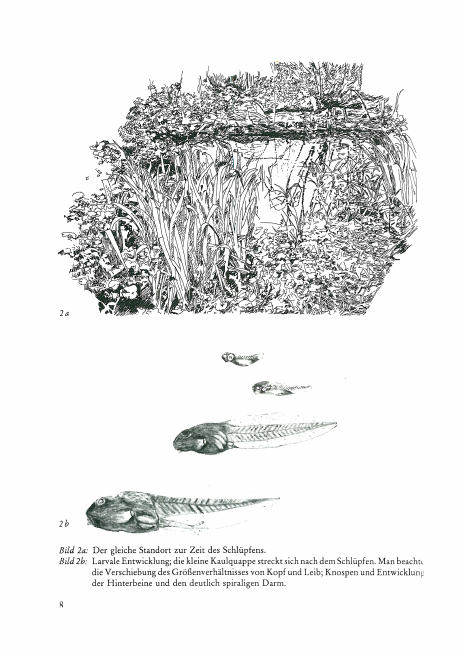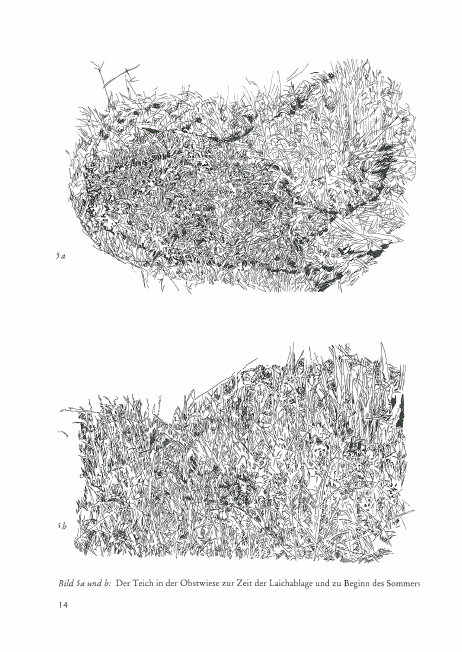Schritte zu einem neuen Ansatz in der Entwicklungsbiologie
Export Article Citation as
- Plain text
- BibTeX
- RIS format
- Download price : € 6.00
Abstract:
An attempt has been made to describe the development of the brown grass frog, Rana temporaria, in correspondence with the environment in which it takes place. The investigation has shown the development proceeding in three distinctive steps: embryonic development is best described in terms of the physical characters - warmth, air, moisture and weight; the larval period is embedded in lively (et/aeric) interrelations; whereas the adult stage can be understood in terms of psychic ( astralic) relations. Cases, where the development is interrupted, have allowed for a more detailed analysis of the three steps. Comparisons to the development of the newts Tritams belveticas and Tritnras alpestris substantiate the occurence of this process further. In addition, observations of these developmental processes necessitate a clear discrimination with respect to the concept of surroundings: The general environment shared by all species in the area of observation and the specific one recognized - and hence elaborated - in view of individual animals of the different species, only. On the basis of these results, the question of the «Typusidee» has been readressed and consequences with respect to genetics and evolution are outlined. [...]





